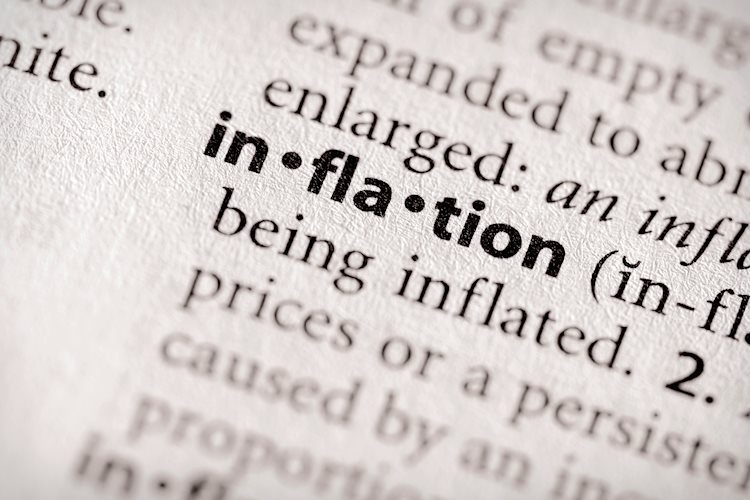US consumer prices rose by 0.2% in October from September, and by 0.3% excluding energy and food, meeting expectations. However, inflationary pressure is still persisting, prompting discussions about further policy easing by the Federal Reserve. Commerzbank’s economists Dr. Christoph Balz and Bernd Weidensteiner suggest that while the data does not argue against rate cuts, it could support those who want to slow down the pace of the cuts.
The Federal Reserve is expected to perform a 25 basis point cut in December, with the US consumer price data for October not showing significant progress. The core inflation rate, excluding volatile energy and food prices, remained at 0.3% month-on-month, indicating a steady trend. Consumer prices excluding energy and food have risen at an annualized rate of 3.6% in the last three months, showing momentum but with a history of temporary increases followed by decreases in the year-on-year rate.
There is uncertainty about whether the situation will ease this time or if inflation will remain above the central bank’s target in the long term. The emerging policy of the future president, Trump, which relies on tariffs and reduced immigration to tighten the labor market, could impact inflation levels. The data suggests that the downward trend in inflation may not be over yet, and further monitoring is required to determine the future trajectory of inflation in the US.
Despite the modest increase in consumer prices, concerns remain about the persistent inflationary pressure in the US. The data support the view that inflation will continue to exceed the Federal Reserve’s target, especially in light of the policy shifts under President Trump. The impact of tariffs and reduced immigration on the labor market could further contribute to inflationary pressures, suggesting the need for cautious monitoring and potential adjustments to monetary policy in the future.
The ongoing discussions about rate cuts by the Federal Reserve highlight the challenges in managing inflation in the current economic environment. While the consumer price data for October did not show significant improvement, there are concerns about the sustainability of the current trends. The Federal Reserve’s decision to perform a 25 basis point cut in December reflects the cautious approach to managing inflation and supporting economic growth in the US.
Overall, the data on US consumer prices in October suggest that inflationary pressures are persisting, with uncertainties about the future trajectory of inflation. The Federal Reserve’s decisions on monetary policy, in response to these trends, will play a crucial role in shaping the economic outlook in the US. The impact of external factors such as tariffs and immigration policies on inflation further complicates the situation, highlighting the need for a strategic and adaptive approach to managing inflation in the current economic landscape.










